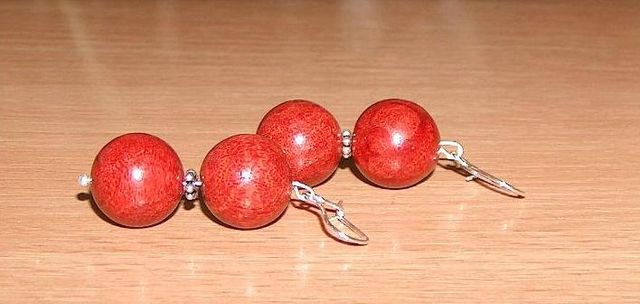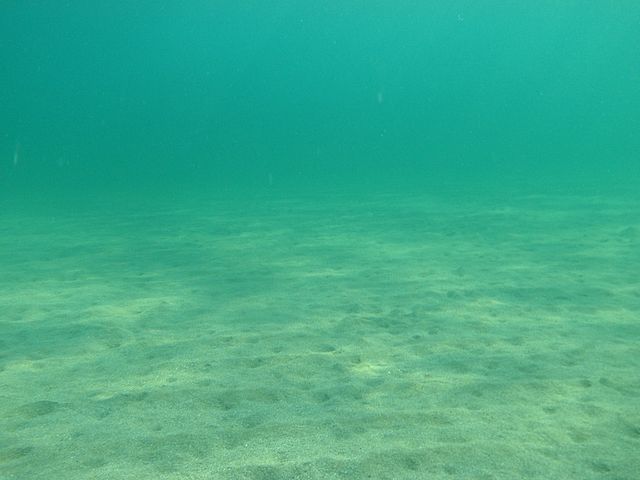A seamount is a large submarine landform that rises from the ocean floor without reaching the water surface, and thus is not an island, islet, or cliff-rock. Seamounts are typically formed from extinct volcanoes that rise abruptly and are usually found rising from the seafloor to 1,000–4,000 m (3,300–13,100 ft) in height. They are defined by oceanographers as independent features that rise to at least 1,000 m (3,281 ft) above the seafloor, characteristically of conical form. The peaks are often found hundreds to thousands of meters below the surface, and are therefore considered to be within the deep sea. During their evolution over geologic time, the largest seamounts may reach the sea surface where wave action erodes the summit to form a flat surface. After they have subsided and sunk below the sea surface such flat-top seamounts are called "guyots" or "tablemounts".
Pillow lava, a type of basalt flow that originates from lava-water interactions during submarine eruptions
Grenadier fish (Coryphaenoides sp.) and bubblegum coral (Paragorgia arborea) on the crest of Davidson Seamount. These are two species attracted to the seamount; Paragorgia arborea in particular grows in the surrounding area as well, but nowhere near as profusely.
Coral earrings of this type are often made from coral harvested off seamounts.
Graph showing the rise in global sea level (in mm) as measured by the NASA/CNES oceanic satellite altimeter TOPEX/Poseidon (left) and its follow-on mission Jason-1
The seabed is the bottom of the ocean. All floors of the ocean are known as 'seabeds'.
Common stingray foraging for invertebrates in seafloor sediment.
gravel seabed in Italy
white sand seabed in Mexico
sand seabed in Greece








